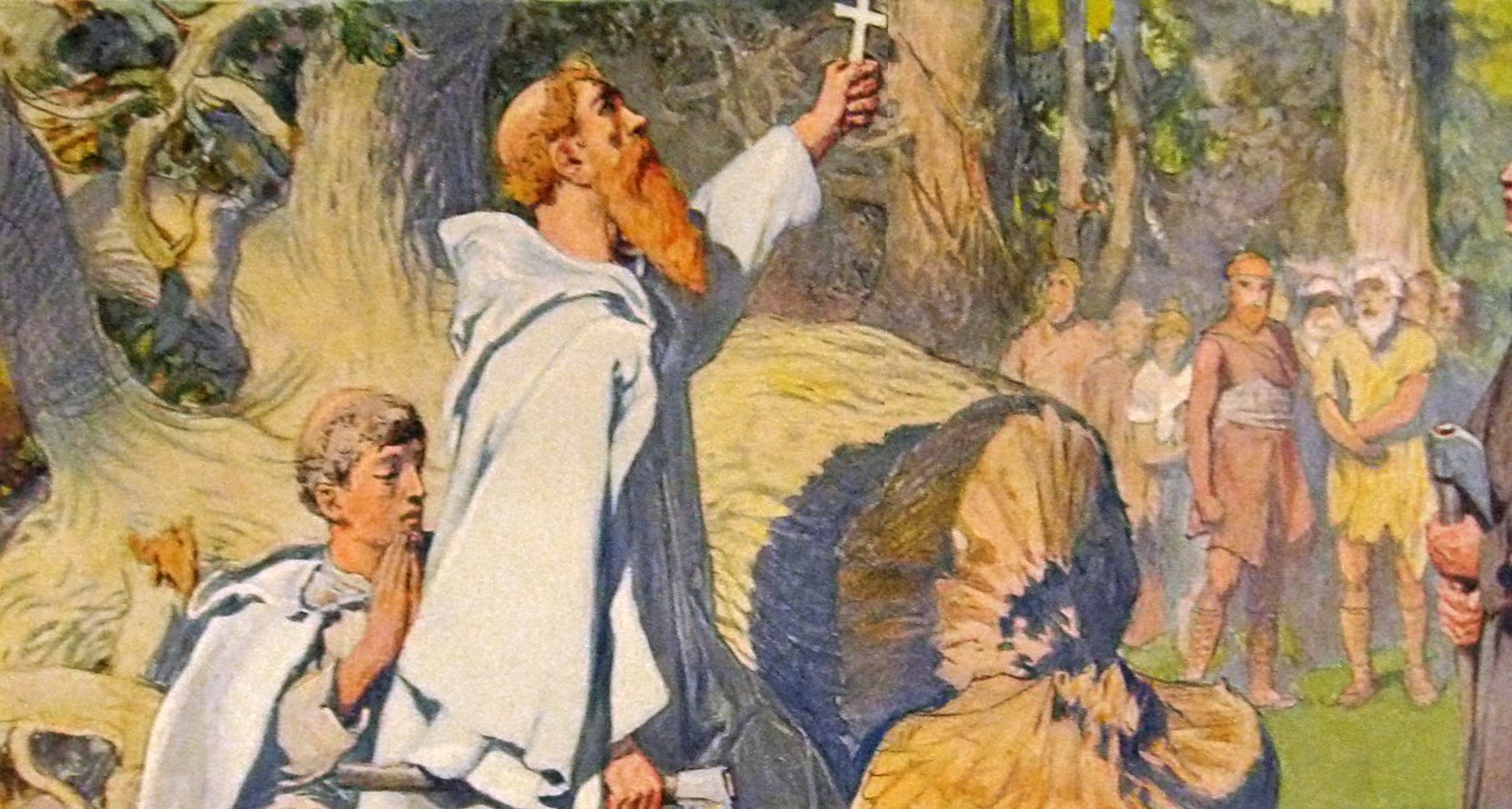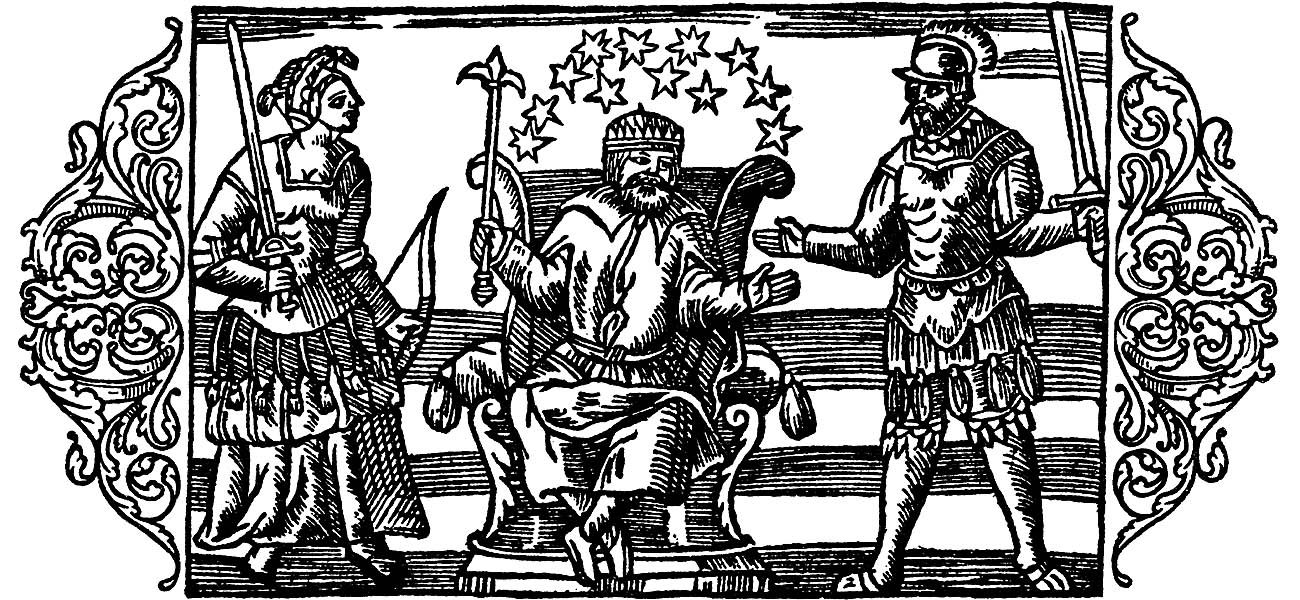|
Thor (crustacean)
''Thor'' is a genus of Caridea, shrimp, containing the following species: *''Thor algicola'' Wicksten, 1987 *''Thor amboinensis'' (De Man, 1888) *''Thor cocoensis'' Wicksten & Vargas, 2001 *''Thor cordelli'' Wicksten, 1996 *''Thor dobkini'' Chace, 1972 *''Thor floridanus'' Kingsley, 1878 *''Thor intermedius'' Holthuis, 1947 *''Thor manningi'' Chace, 1972 *''Thor marguitae'' Bruce, 1978 *''Thor paschalis'' (Heller, 1862) *''Thor spinipes'' Bruce, 1983 *''Thor spinosus'' Boone, 1935 References Alpheoidea {{Caridea-stub ... [...More Info...] [...Related Items...] OR: [Wikipedia] [Google] [Baidu] |
Thor Amboinensis
''Thor amboinensis'', commonly known as the squat shrimp or sexy shrimp, is a species of shrimp found across the Indo-West Pacific and in parts of the Atlantic Ocean. It lives symbiotically on corals, sea anemones and other marine invertebrates in shallow reef communities. Description ''Thor amboinensis'' is a small shrimp growing to a length of about . It is an olive brown colour with symmetrically placed white patches edged with thin blue lines. It characteristically carries its abdomen curved upwards with its tail fan above its head. Distribution Though it is named for Ambon or Amboyna Island, one of the Maluku Islands in Indonesia, ''Thor amboinensis'' has a pantropical distribution being found in the Red Sea, the Indian Ocean, the Pacific Ocean, the Caribbean Sea, the Gulf of Mexico, Madeira and the Canary Islands. Ecology ''Thor amboinensis'' forms a commensal relationship with another invertebrate, usually a shallow water sea anemone or mushroom coral. The species mos ... [...More Info...] [...Related Items...] OR: [Wikipedia] [Google] [Baidu] |
Genus
Genus ( plural genera ) is a taxonomic rank used in the biological classification of extant taxon, living and fossil organisms as well as Virus classification#ICTV classification, viruses. In the hierarchy of biological classification, genus comes above species and below family (taxonomy), family. In binomial nomenclature, the genus name forms the first part of the binomial species name for each species within the genus. :E.g. ''Panthera leo'' (lion) and ''Panthera onca'' (jaguar) are two species within the genus ''Panthera''. ''Panthera'' is a genus within the family Felidae. The composition of a genus is determined by taxonomy (biology), taxonomists. The standards for genus classification are not strictly codified, so different authorities often produce different classifications for genera. There are some general practices used, however, including the idea that a newly defined genus should fulfill these three criteria to be descriptively useful: # monophyly – all descendants ... [...More Info...] [...Related Items...] OR: [Wikipedia] [Google] [Baidu] |
Caridea
The Caridea, commonly known as caridean shrimp or true shrimp, are an infraorder of shrimp within the order Decapoda. This infraorder contains all species of true shrimp. They are found widely around the world in both fresh and salt water. Many other animals with similar names – such as the mud shrimp of Axiidea and the boxer shrimp of Stenopodidea – are not true shrimp, but many have evolved features similar to true shrimp. Biology Carideans are found in every kind of aquatic habitat, with the majority of species being marine. Around a quarter of the described species are found in fresh water, however, including almost all the members of the species-rich family Atyidae and the Palaemonidae subfamily Palaemoninae. They include several commercially important species, such as ''Macrobrachium rosenbergii'', and are found on every continent except Antarctica. The marine species are found at depths to , and from the tropics to the polar regions. In addition to the great variety in ... [...More Info...] [...Related Items...] OR: [Wikipedia] [Google] [Baidu] |
Zoologische Mededelingen
''Zoologische Mededelingen'' was a peer-reviewed open access scientific journal publishing papers and monographs on animal systematics. The publisher was the National Museum of Natural History Naturalis in the Netherlands. The first issue appeared in 1915, as the official journal of Naturalis' predecessor, the Rijks Museum van Natuurlijke Historie. Earlier, the museum published ''Muséum d'Histoire Naturelle des Pays-Bas'' (volumes I-XIV, 1862-1908) and ''Notes from the Leyden Museum'' (volumes I-XXXVI, 1879-1914), which mainly covered the fauna of the Netherlands and the former Dutch colonies. ''Zoologische Mededelingen'' was indexed in ''The Zoological Record'' and ''BIOSIS''. A complete backlist of published volumes is presented on the institutional repository of Naturalis. The last article was published in 2014 and the journal was merged into the ''European Journal of Taxonomy The ''European Journal of Taxonomy'' is a peer-reviewed open access scientific journal for descrip ... [...More Info...] [...Related Items...] OR: [Wikipedia] [Google] [Baidu] |
Thor Algicola
Thor (; from non, Þórr ) is a prominent god in Germanic paganism. In Norse mythology, he is a hammer-wielding god associated with lightning, thunder, storms, sacred groves and trees, strength, the protection of humankind, hallowing, and fertility. Besides Old Norse , the deity occurs in Old English as , in Old Frisian as ', in Old Saxon as ', and in Old High German as , all ultimately stemming from the Proto-Germanic theonym , meaning 'Thunder'. Thor is a prominently mentioned god throughout the recorded history of the Germanic peoples, from the Roman occupation of regions of , to the Germanic expansions of the Migration Period, to his high popularity during the Viking Age, when, in the face of the process of the Christianization of Scandinavia, emblems of his hammer, , were worn and Norse pagan personal names containing the name of the god bear witness to his popularity. Due to the nature of the Germanic corpus, narratives featuring Thor are only attested in Old No ... [...More Info...] [...Related Items...] OR: [Wikipedia] [Google] [Baidu] |
Thor Cocoensis
Thor (; from non, Þórr ) is a prominent god in Germanic paganism. In Norse mythology, he is a hammer-wielding god associated with lightning, thunder, storms, sacred groves and trees, strength, the protection of humankind, hallowing, and fertility. Besides Old Norse , the deity occurs in Old English as , in Old Frisian as ', in Old Saxon as ', and in Old High German as , all ultimately stemming from the Proto-Germanic theonym , meaning 'Thunder'. Thor is a prominently mentioned god throughout the recorded history of the Germanic peoples, from the Roman occupation of regions of , to the Germanic expansions of the Migration Period, to his high popularity during the Viking Age, when, in the face of the process of the Christianization of Scandinavia, emblems of his hammer, , were worn and Norse pagan personal names containing the name of the god bear witness to his popularity. Due to the nature of the Germanic corpus, narratives featuring Thor are only attested in Old No ... [...More Info...] [...Related Items...] OR: [Wikipedia] [Google] [Baidu] |
Thor Cordelli
Thor (; from non, Þórr ) is a prominent god in Germanic paganism. In Norse mythology, he is a hammer-wielding god associated with lightning, thunder, storms, sacred groves and trees, strength, the protection of humankind, hallowing, and fertility. Besides Old Norse , the deity occurs in Old English as , in Old Frisian as ', in Old Saxon as ', and in Old High German as , all ultimately stemming from the Proto-Germanic theonym , meaning 'Thunder'. Thor is a prominently mentioned god throughout the recorded history of the Germanic peoples, from the Roman occupation of regions of , to the Germanic expansions of the Migration Period, to his high popularity during the Viking Age, when, in the face of the process of the Christianization of Scandinavia, emblems of his hammer, , were worn and Norse pagan personal names containing the name of the god bear witness to his popularity. Due to the nature of the Germanic corpus, narratives featuring Thor are only attested in Old No ... [...More Info...] [...Related Items...] OR: [Wikipedia] [Google] [Baidu] |




